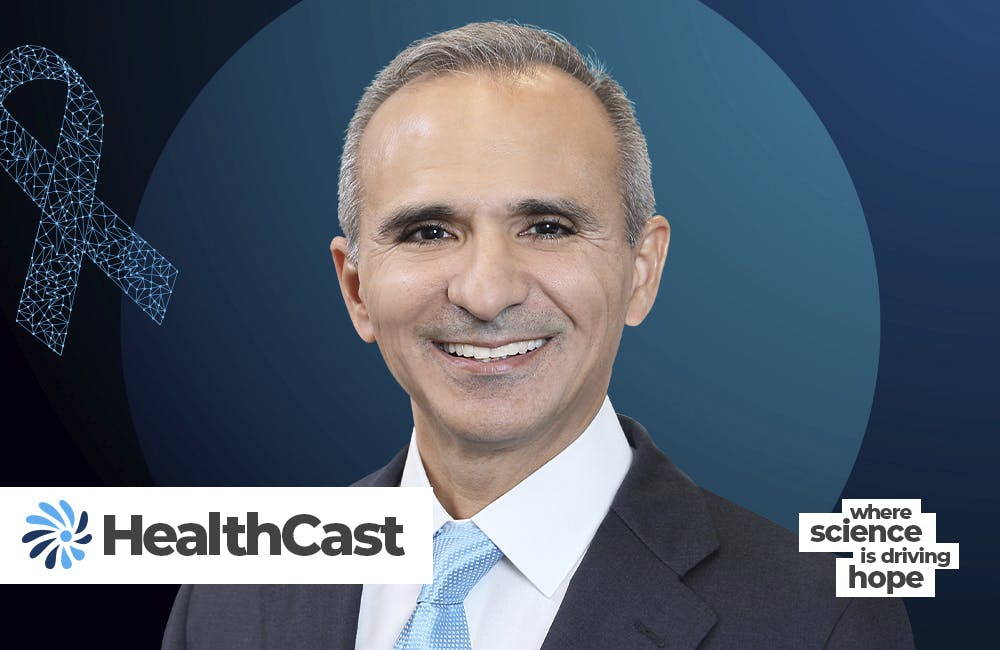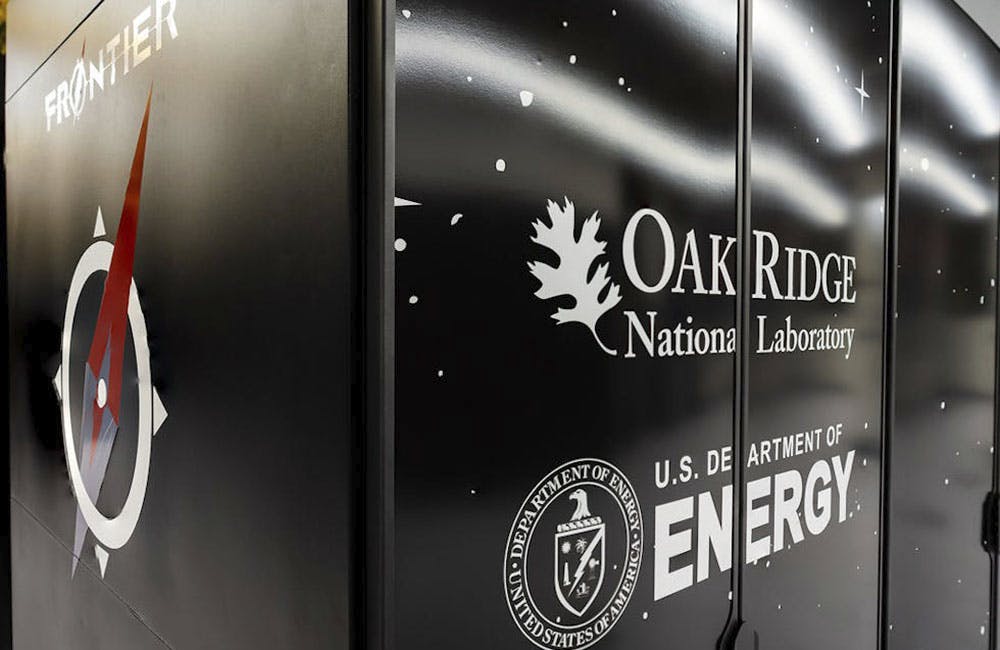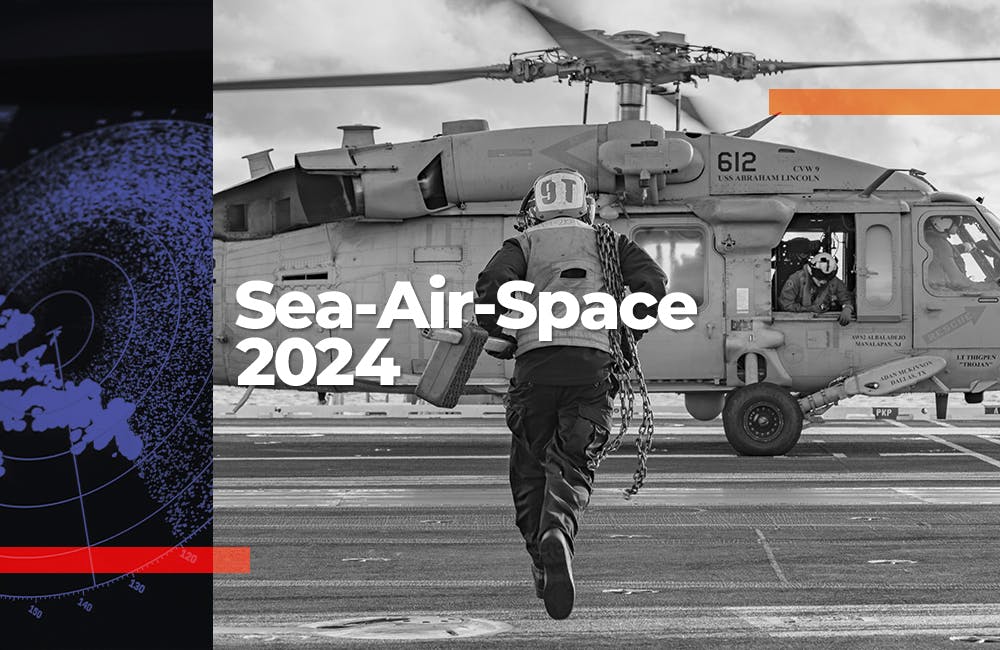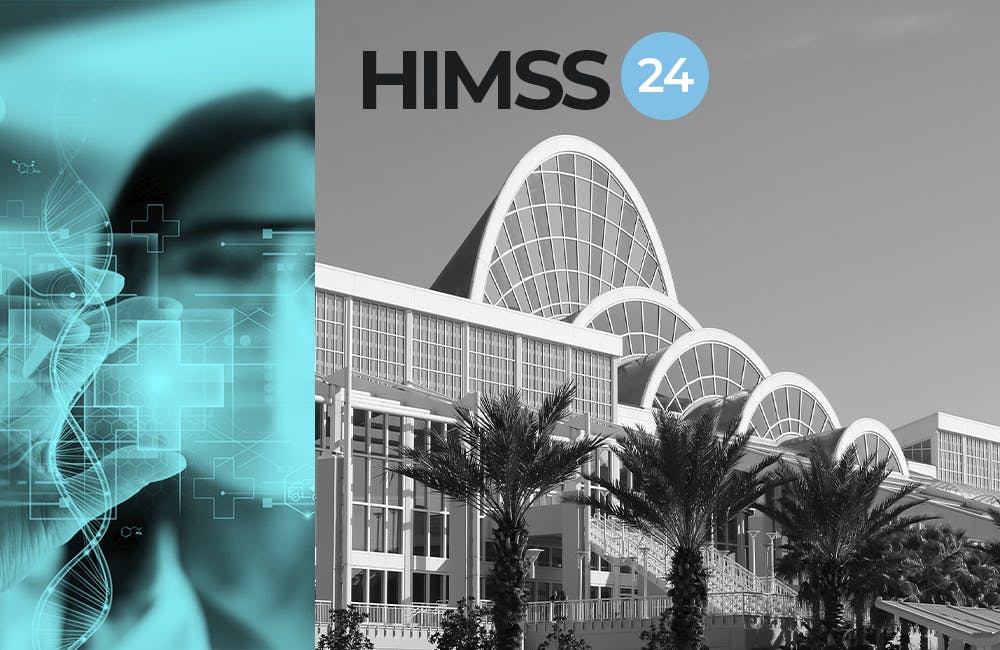VA Shows Promise in Cloud Adoption
The VA enterprise cloud streamlines agency services and fosters advances in big data analysis and machine learning.

Industry leaders see great potential in cloud technology to foster innovation within the Department of Veterans Affairs, as they outlined at an Amazon Web Services Public Sector summit panel last month.
Panelists emphasized the transformative power of cloud computing, especially as a means of fostering efficiency and process improvements within longstanding government agencies.
Dave Catanoso, director of the VA Enterprise Cloud Solutions Office, noted at the outset that even though the AWS Cloud debuted over a decade prior, the product’s inherent adaptability means industry and academic partners are still finding novel ways to leverage it for institutionally specific ends. The challenge for public sector innovators lies in finding the best means to reconcile the flexibility of the AWS Cloud with the technological inertia often seen across major agencies, he said.
Despite the challenges that can arise from implementing new technology, panelists were optimistic the platform’s efficiencies would encourage AWS Cloud adoption across the federal space. Catanoso outlined that the cloud’s superior data storage and processing capabilities would allow Veterans Affairs employees to dedicate greater attention to patient care. While implementing the cloud within the VA would require an initial investment of time and resources, he expressed confidence this would pay off in the longer term through broad improvements to its various service lines. Catanoso mentioned this would likely require first contracting outside expertise to assist federal employees with training and knowledge transfer before handing handing cloud management wholesale to the VA.
As California State University CISO George Mansoor outlined, transition to the cloud within academic institutions has been implemented with a similar focus on improving education services. Catanoso noting that cloud implementation was not an endpoint unto itself.
“We’re not changing what we’re doing, we’re changing how we’re doing,” he said. In this rendering, AWS cloud adoption would allow the VA to manage services more efficiently without changing the agency’s essential function. He emphasized that it was therefore crucial to train employees on how to navigate cloud platforms as quickly as possible due to their wealth of institutional knowledge.
Expanding upon those best practices, Peter O’Donoghue, VP of application services at Unisys Federal, noted that it was essential for the software engineering staff to be the first cloud trainees. This would allow the creation of an internal knowledge base and institutional-specific best practices template that could facilitate subsequent training and incorporation of the AWS cloud into the broader organization. As O’Donoghue remarked, the adoption of cloud technology is similar to the initially resource-intensive (yet ultimately efficiency improving) processes that supported the widespread adoption of CD-ROM drives across both the private and public sectors.
Catanoso outlined the steps necessary to attain authorization to operate for the VA’s AWS cloud, placing special emphasis on maintaining data security throughout the cloud transition process. He recommended the VA enterprise cloud be built atop the Amazon FedRAMP certification, which would allow the VA to inherit security controls from Amazon and pass these on to client applications.
The speakers concluded by outlining the VA AWS cloud’s potential to enable new vistas in applied research. Catanoso noted that prior VA initiatives have involved analyzing massive data sets to provide insights into post traumatic stress disorder and traumatic brain injury, with the AWS cloud API positioned to facilitate data sharing with external researchers at a previously impossible scale.
Catanoso tied cloud adoption to a broader project of bringing the agency into the era of big data, noting that the AWS cloud will aloud the VA to store and process data at newfound levels of complexity that could assist with advanced in machine learning.
“You now have access to powerful tools to solve problems in ways you’ve never considered before,” he said.
This is a carousel with manually rotating slides. Use Next and Previous buttons to navigate or jump to a slide with the slide dots
-

NCI Program Unlocks Emerging Proteomic Data to Advance Precision Medicine
Researchers say sharing molecular cancer research data can expand cancer treatment and care.
32m listen -

Cyber Resilience and Recovery Amid Evolving Cyber Threats
Data durability is a key aspect of NIST’s cybersecurity framework for public and private organizations.
21m listen -

Energy Researchers Aim For Holistic Approach to AI Issues
A new center at the Oak Ridge National Laboratory is looking at under-researched areas of AI to better understand how to secure it.
2m read -

How Agencies are Upskilling the Workforce in AI
Federal officials are putting in place new training and education methods to ensure its overall workforce understands the technology.
3m read








